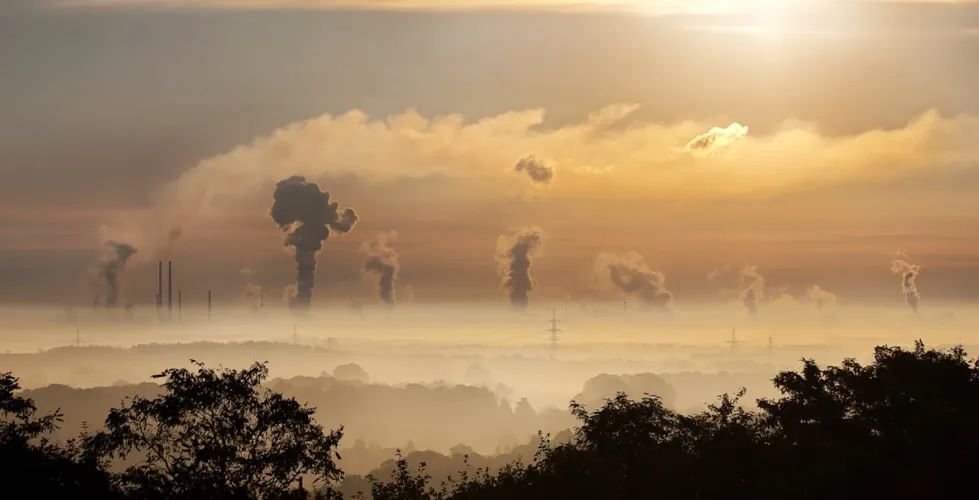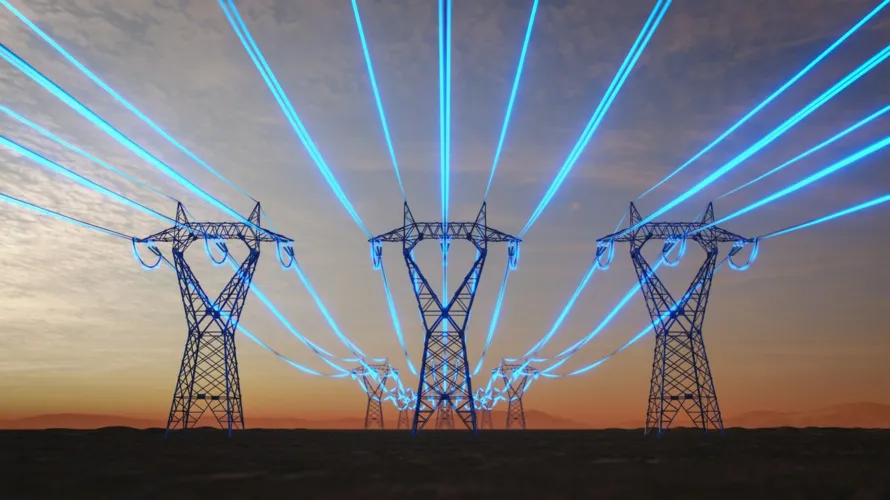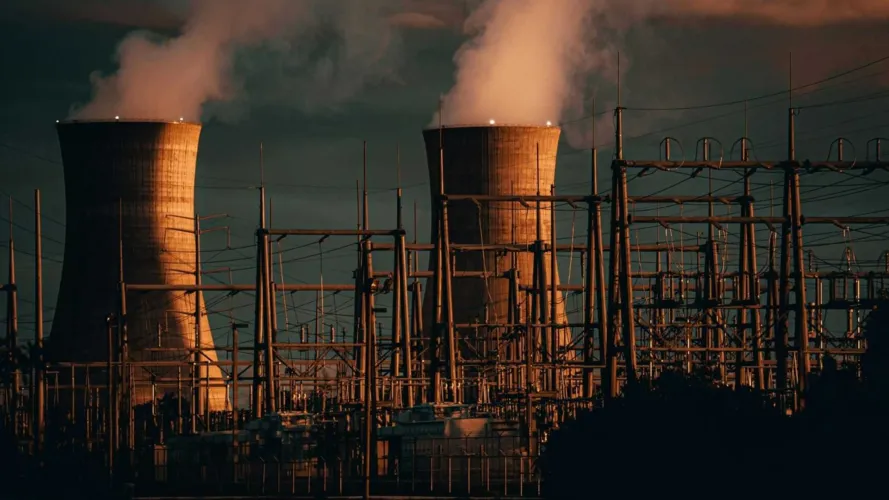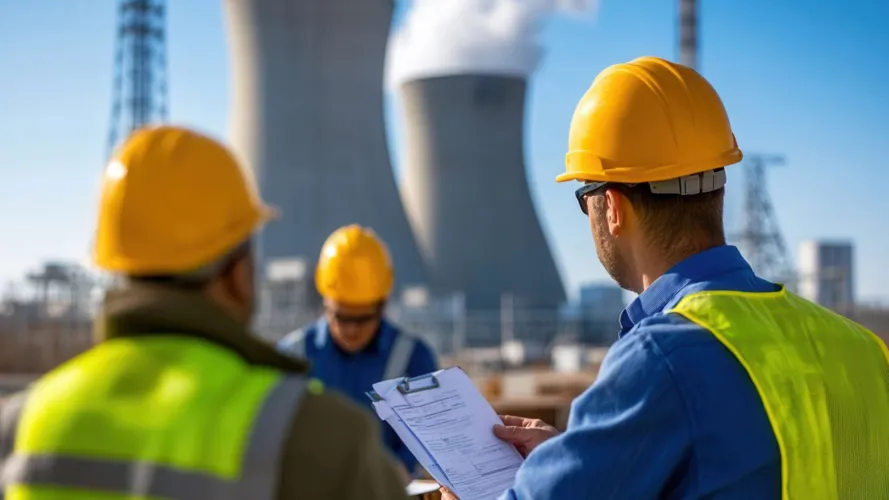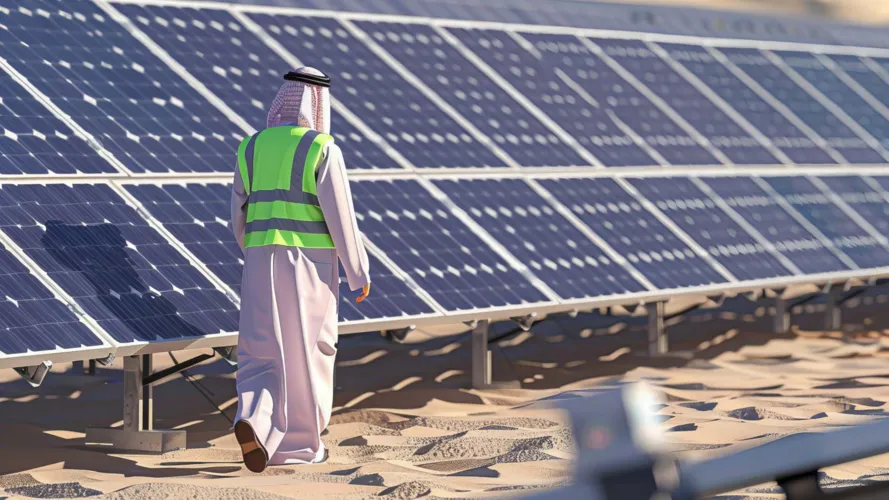Saudi Energy Developments: Saudi Arabia Strengthens Grid with Siemens Energy’s $1.6B Project
In March 2025, Siemens Energy announced a $1.6 billion contract to supply key technologies for Saudi Arabia’s Rumah 2 and Nairyah 2 gas-fired power plants. The project, awarded with Harbin Electric International as the EPC contractor, will add 3.6 gigawatts to Saudi Arabia’s national grid, supplying enough electricity to power approximately 1.5 million homes.
This major Saudi energy development aligns with Saudi Arabia’s ongoing efforts to modernize its energy infrastructure, replacing aging oil-fired power stations with high-efficiency combined-cycle plants. By incorporating advanced international technologies, the Kingdom is enhancing grid stability, improving energy efficiency, and accelerating its shift toward lower-emission electricity generation.
Boosting Saudi’s Local Energy Supply Chain Through European Expertise
Core components for both plants including gas turbines and steam turbines, will be produced at Siemens Energy’s Dammam Hub, which is undergoing expansion to strengthen local manufacturing capabilities. The facility plays a crucial role in Saudi Arabia’s broader localization strategy, enabling the Kingdom to increase domestic production capacity, reduce reliance on imports, and develop technical expertise within the local workforce.
By manufacturing critical power equipment domestically, Siemens Energy is strengthening Saudi Arabia’s industrial base while reinforcing supply chain resilience for Saudi Energy Developments future energy projects. The initiative aligns with Vision 2030’s goals of creating a diversified, sustainable economy, emphasizing local manufacturing and industrial development.
Cutting Emissions: CO2 Reductions of Up to 60%
The Rumah 2 and Nairyah 2 plants will replace outdated oil-fired power stations, resulting in a reduction of CO2 emissions by up to 60% compared to traditional oil-based electricity generation. This transition to high-efficiency gas turbines significantly lowers the carbon footprint of Saudi Arabia’s power sector, supporting its long-term decarbonization targets.
Additionally, both plants are being designed with compatibility for future carbon capture and storage (CCS) technologies, ensuring sustainable operations while keeping pace with global energy transition trends. This proactive approach aligns with Saudi Arabia’s Net Zero by 2060 commitment, reinforcing its role as a leader in the regional energy sector’s transformation.
Also Read: Record-Breaking Energy Storage: Saudi Arabia Leads with 12.5GWh Project
Saudi-German Industry Collaboration in Grid Modernization
Siemens Energy will provide six SGT6-9000HL gas turbines, four SST6-5000 steam turbines, eight SGen6-3000W generators, and two SGen6-2000P generators to power the facilities. Each plant will produce approximately 1.8 gigawatts, contributing to Saudi Arabia’s growing electricity capacity and modernized grid infrastructure.
The plants will enter service in 2027 in simple cycle mode, delivering initial electricity output before undergoing a transition to full combined-cycle operations by 2028. This phased implementation ensures gradual integration into the national grid, allowing for optimized performance and energy efficiency improvements.
Strengthening Saudi Arabia’s Independent Power Producer Market
Saudi Arabia’s Independent Power Producer (IPP) market continues to expand, with Siemens Energy playing a pivotal role in modernizing the Kingdom’s energy infrastructure. The success of projects like Taiba 2 and Qassim 2, which together contribute 4 gigawatts to the national grid, demonstrates the Kingdom’s commitment to stable and scalable energy solutions.
With the completion of Rumah 2 and Nairyah 2, Saudi Arabia is solidifying its position as a leader in regional energy innovation, ensuring greater reliability and resilience in power generation while fostering local expertise and industrial growth.
Also Read: GE Vernova Invests Boldly in Saudi Arabia’s Energy Future



